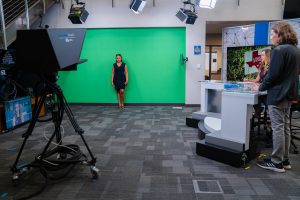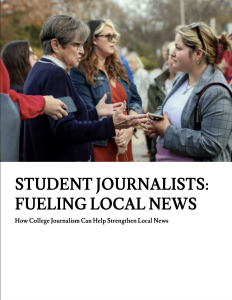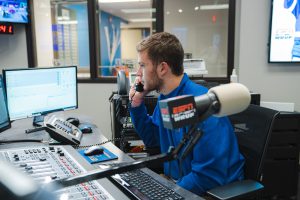
According to a study by the University of Vermont’s Center for Community News, students produced more than 10,000 local news stories appearing in more than 1,500 news outlets across the U.S. over the past year, generating more than 14 million page views. CCN has identified 120 university-led student reporting programs providing local news.
In a myriad of ways, using a myriad of models, college journalists are already filling the gaps in news coverage across the country. The purpose of this report is to explore three questions:
-
What are programs doing now?
-
Could that work be expanded?
-
Are there opportunities to work together?

 College students have been covering news for their communities from the very beginning of journalism education. The learning-by-doing model is the hallmark of journalism education in the United States. Conceived as a way to train the next generation of journalists, the approach also has become an increasingly vital part of local news coverage.
College students have been covering news for their communities from the very beginning of journalism education. The learning-by-doing model is the hallmark of journalism education in the United States. Conceived as a way to train the next generation of journalists, the approach also has become an increasingly vital part of local news coverage.